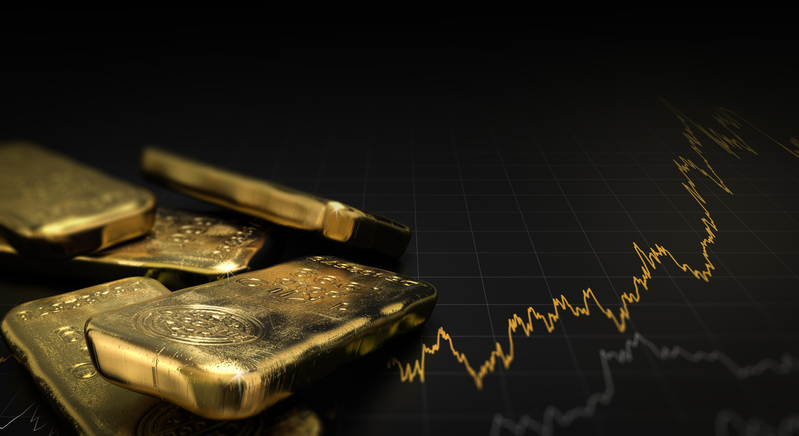This Leading Indicator Looks Bullish for Gold
The comments below are an edited and abridged synopsis of an article by Jordan Roy-Byrne
Ratios, such as gold against the stock market and gold against foreign currencies, are generally good leading indicators for the gold price, as well as bonds and the yield curve. Platinum also has a brief but clear history as a leading indicator for gold.

Platinum outperformed and led gold higher immediately after the two most recent major lows:1985 and 1999-2001.
There was also the 1966 to 1968 period, when platinum tripled in price. Silver doubled; gold was still fixed in price. In any event, platinum’s huge move in the late 1960s was a leading indicator of gold’s upcoming surge.
Since the February highs, platinum has made a higher high, while gold has corrected. Platinum looks like it has a reasonable shot to make a new 52-week high this year, while gold still needs to fight through the wall of resistance to make a new 52-week high.
According to BMG Group, a study by Wainright Economics showed that platinum is the leading indicator of inflation. While gold and silver lead by a year, platinum leads by 16 months.
History is clear. Around major bottoms in precious metals, platinum tends to outperform and lead gold. Since February, platinum has strongly outperformed gold while registering an important positive divergence.
Roy-Byrne will keep abreast of the other leading indicators, such as relative performance of the miners, Fed policy, a steepening yield curve and precious metals performance against the stock market. He will also keep an eye on platinum, as continued outperformance would be a strongly bullish signal for gold in 2020 and beyond.

